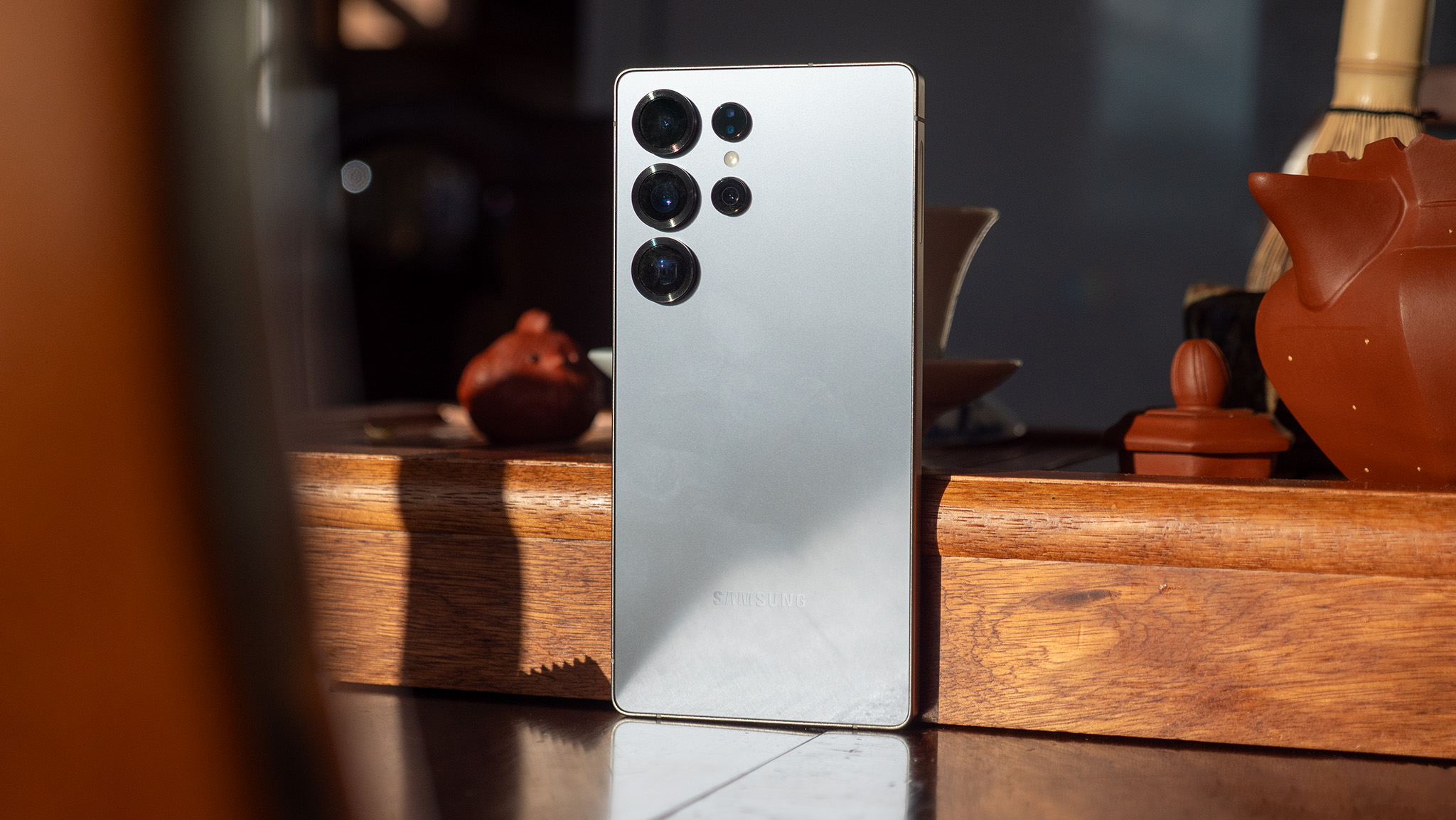LGBTQ+ representation in video games has come a long way

While I was researching an unrelated article, I came across this essay from 2014 about how developers were "quietly" introducing LGBTQ+ characters into their games. The crux of the article, which was published originally on Kill Screen (R.I.P.) and reposted to The Atlantic, is that creators are using subtext to let players make their own decisions about a character's sexuality as a way to introduce audiences to the idea without being so explicit.
The writer also uses a quote from games writer Rhianna Pratchett, who's often credited for bringing queer subtext into the new Tomb Raider games, on the matter: "Getting those representations into games is the first step. Once we're more comfortable with that, actually speaking to those issues a little more broadly will be possible."
There's something about this article that's insulting — that creators don't trust audiences to fully embrace the idea of somebody being LGBTQ+, that it's something to be hidden. This is especially disheartening for players who only want to see themselves represented in a game. There has been a lot of writing on the power or representation in media, and you can just read the anecdotes to get an idea of how important it can be, especially to younger people, to see themselves reflected on the screen as if who they are is normal.
At the same time, I get it. It's 2020 and there is still a small but vocal backlash against inclusion of all kinds in video games. I also realize that my gut reaction to this piece has to do with anger, both over missed opportunities and the resistance by a subset of the population to not accept people for who they are. Even so, I have to look back to 2014 and think about where we were as an industry at the time, and how even my own thoughts have changed on the idea of LGBTQ+ representation. The good news is that we've come a long way in just six short years, even though we still have a very, very long way to go.
Where was the representation?

Make no mistake, there has been LGBTQ+ representation in video games. For years, even major studio releases have featured those characters. Bioware's Mass Effect and Dragon Age series allowed players to engage in homosexual relationships, albeit with some restrictions, starting in 2007. The Borderlands series had also been featuring LGBTQ+ characters in supporting roles, and really upped the number in Borderlands 2, which came out in 2012. Even the Grand Theft Auto series had some LGBTQ+ characters, like in the Ballad of Gay Tony DLC for Grand Theft Auto IV in 2009. Then, there's the long list of "heavily implied" characters from games like Knights of the Old Republic, and in the Assassin's Creed series.
Just having LGBTQ+ characters isn't enough to garner the points for representation.
Unfortunately, there are a lot of "buts" in that list. Just having LGBTQ+ characters isn't enough to garner the points for representation. A lot of games had problematic portrayals of trans characters, for example, or characters that hinge on offensive stereotypes of gay people. It's amazing, for example, that you can romance Liara as female Commander Shepard in the first Mass Effect game (2007) but there's something to be said about how she comes from an alien race made up entirely of women with varying degrees of pansexuality (and even back then we didn't have the language to fully describe them as such). It's sexualizing and shallow, reducing that queerness to something that seems obvious. You can also see this in Borderlands — Moxxie identifies as bisexual, yet it draws from stereotypes about bisexual women as being promiscuous.
There's also an "othering" that's occurring. Games have the advantage over other mediums of allowing players to inhabit a main character, but those opportunities were squandered by making the LGBTQ+ characters supporting and non-playable. This allowed developers and studios to feel more comfortable about putting these aspects into their games by introducing a degree of separation from the player. By giving NPCs different sexualities, the player doesn't have to identify with them. It's great that these games had representation at all, but LGBTQ+ players miss out on the full potential games can hit.
Get the latest news from Android Central, your trusted companion in the world of Android
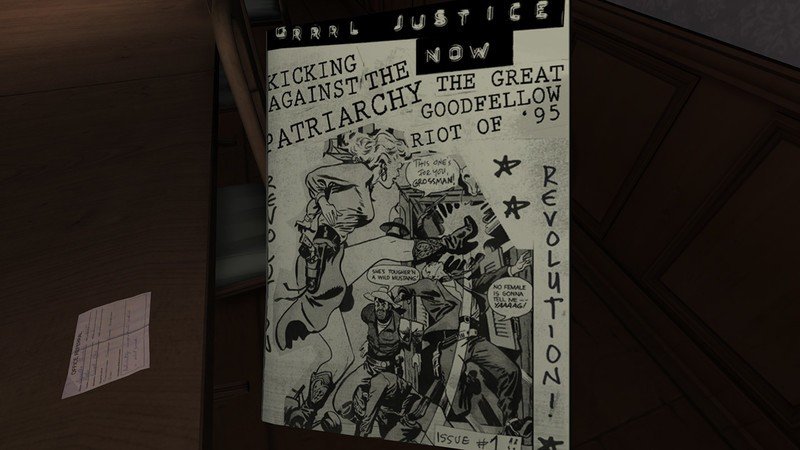
Finally, what I call "gay as default" occurs. That sounds nice on paper, but sometimes developers will downplay the inclusion of LGBTQ+ characters or romance options because it just made sense to include. BioWare founder Greg Zeschuk said in a 2012 Kotaku interview that, "It's surprising that people think it's that big a deal... if you're creating this kind of content, it's very natural to provide all the options. So that's always kind of funny." It downplays the inclusion of a gay Commander Shepard in Mass Effect when BioWare execs relate it to player choice, a mechanic in the game, rather than inclusion of different kinds of people.
Sometimes developers will downplay the inclusion of LGBTQ+ characters or romance options because it just made sense to include.
A lot of these games were considered controversial back in the day because our societal attitudes were in a different place. It's tough to remember now that there is more widespread acceptance of different sexualities and gender identities, but it was groundbreaking when a liberal politician, for instance, came out in support of same-sex marriage. President Barack Obama, before his presidency, was even against the idea of full-on same-sex marriage unless it was a civil union or domestic partnership and supported the Defense of Marriage Act (a law that allowed states to refuse to recognize same-sex marriages made legal in other states) into the 2010s. When the non-gaming conservative media caught wind of how there were sex scenes in Mass Effect, for example, it caused a media frenzy.
Indie developers are on another playing field and have been making games with diverse casts and representation for far longer. A few notable crossover hits have dotted the landscape over the years (Gone Home, which came out in 2013, is probably the biggest example), but as Matthew Perks writes in Fanbyte, "these games are also often subjected to a disproportionate level of scrutiny that far exceeds the harshness of critique levied against games like Assassin's Creed: Odyssey or Guild Wars 2." A lot of these smaller titles tackle sexual ideas, sometimes in messy ways to reflect real life, and are therefore subject to discourse and backlash as a result.
Queerness as subtext
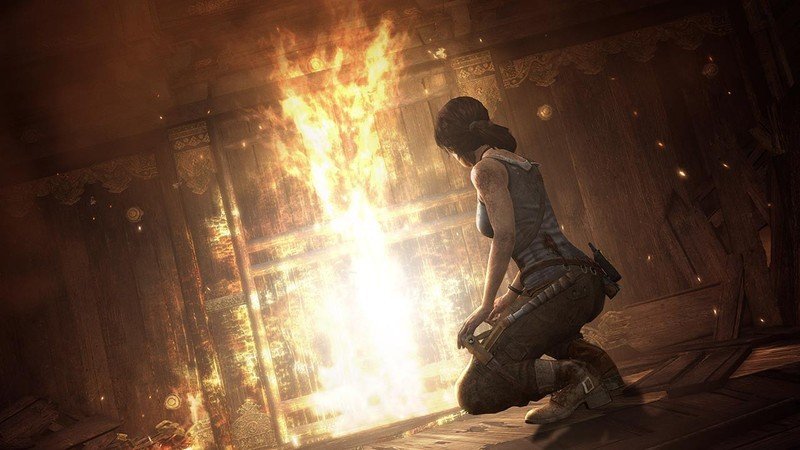
There are a lot of instances where games feature LGBTQ+ characters but don't explicitly say so, as per the article mentioned above. If you go back and look at the list of LGBTQ+ characters on Wikipedia a lot of the entries use descriptors like "heavily implied" or state that the character's sexuality was confirmed later by developers, or patched in at a later date. The LGBTQ Video Game Archive is more comprehensive than Wikipedia, but still features a lot of the same language when discussing some of these earlier characters. Abu'l Nuqoud from the first Assassin's Creed, for instance, is described as an "implicit gay character" because you can gauge his queerness through NPC dialog and his appearance.
Sometimes it's nice to see an LGBTQ+ character whose sexuality or gender identity doesn't inform their narrative.
On one hand, this isn't always a bad thing. Sometimes it's nice to see an LGBTQ+ character whose sexuality or gender identity doesn't inform their narrative; that it's just a part of them. On the other, when representation is what matters, subtext might seem like studios are taking the easy way out. You can have your cake and eat it too by having "representation" without drawing the ire of conservative players or harassment.
There seems to be a consensus from game writers at the time that in AAA games, it was nearly impossible to get big studios on board, whether it's because of attitudes about the LGBTQ+ community at the time or in fear of responses from fans. In the new Tomb Raider games, many fans insinuated that Lara Croft was harboring sexual feelings for another character, Sam, in the 2013 game. Unfortunately, this wasn't confirmed in the game and hasn't come up in any of the sequels.
"There's part of me that would've loved to make Lara gay. I'm not sure Crystal [Dynamics] would be ready for it!" Pratchett told Kill Screen.
There was also the question as to how to represent LGBTQ+ people in games. Was it worth it to just have a character that identified as part of that community or did it need to be a game that was about the LGBTQ+ experience? Could you introduce a protagonist that was gay or trans without risking backlash from the players?
"This back-and-forth got to the heart of the issue that game developers face today: the challenge of pressuring communities of gamers to overcome their own biases without alienating them in the process," Yannick LeJacq wrote for Kill Screen after attending Electronic Arts' Full Spectrum conference back in 2013. This has been one of the toughest obstacles the games industry has had to overcome in multiple areas, but especially when it comes to diversity. Are studios able to get past abuse from a small but vocal minority and create inclusion where it counts?
Where are we now?
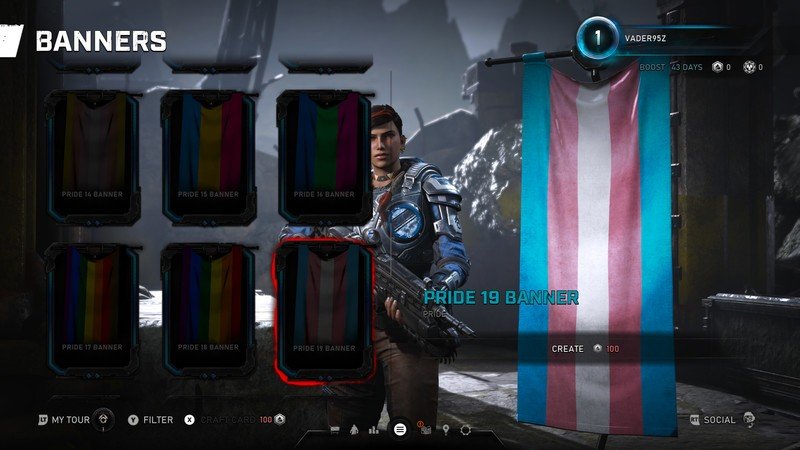
Games have come a long way since the subtext and problematic NPCs of the early 2000s and 2010s. We as a society have also learned a lot since then, although we of course have so much more to learn.
We've learned a lot as an industry about how to create more representation in games, even if it's small touches. The Coalition, for example, has been introducing these tiny elements into its games, like the Pride flags in Gears 5 or the character creator in Gears Tactics, which allows you to create genderqueer characters. Bethesda created a major sidequest in one of its Elder Scrolls Online expansions that featured a trans character, so while not a major part of a narrative, the representation is still present.
The gaming industry's history with diversity and inclusion across multiple marginalized groups has been the story of baby steps.
Sometimes it becomes a matter of including a robust character creation system. The Sims 4 has a lot of options for customizing your character with facial hair and even if they pee standing up or sitting down. Expansions have included a lot of LGBTQ+ options for players building families.
Big-budget games have also taken huge steps forward by having actual LGBTQ+ characters. Naughty Dog was hesitant about it at first, but Ellie, the protagonist in The Last of Us series, is gay and in the sequel, coming out in June, is even in a relationship with another woman. Better still, it's been a huge part of the marketing material, showing that a huge studio is capable of being explicit about its representation. Other smaller games like Life is Strange from Dontnod and Deck Nine have become even more about queer characters over the years. Dontnod's upcoming game, Tell Me Why, is set to be the first major release with a trans playable character.
While not as huge as having a main character's sexuality be a part of their story, games like Overwatch have introduced gay and lesbian characters with Tracer and Soldier 76. Granted, Blizzard took some criticism for introducing these elements after the characters had long been established, but giving Soldier 76 a boyfriend is a step in the right direction for the gaming giant.
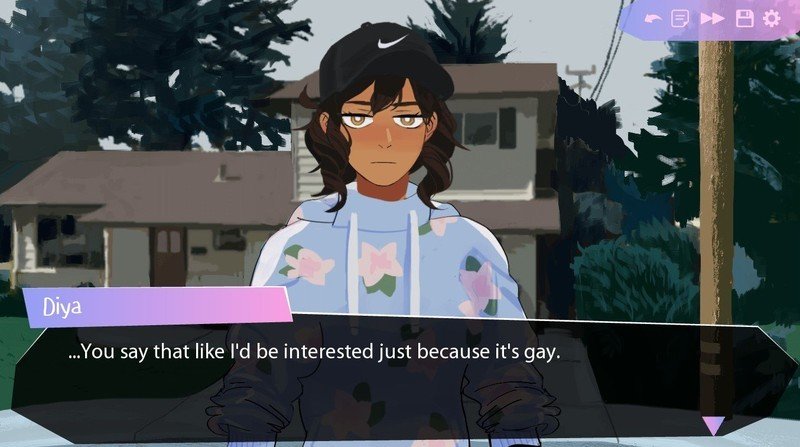
The indie community still continues to flourish in this regard, with games like Dream Daddy and Ladykiller in a Bind making huge splashes with even some crossover success by integrating sexuality deep into their foundations. Gone Home by Fullbright set a standard back in 2013 by creating a title that not only had queer characters, but also crafting a sympathetic tale about the LGBTQ+ experience. Others like Butterfly Soup, The Missing, the works of Robert Yang, and more are explicitly about these themes. The ubiquity of indie games across all consoles and PC, with sites like itch.io and tools for developers on the major consoles, has made it easier than ever to find these games as well.
The gaming industry's history with diversity and inclusion across multiple marginalized groups has been the story of baby steps. We used to hesitate including LGBTQ+ main or playable characters, and now we have a couple. Big studios are including small elements like Pride flags or facial hair in character creators to give players a range of choice in their gender expression. It's not enough, but it's a baby step. Hopefully in the future, we'll see even more.

Carli contributed gaming content across Windows Central, Android Central, and iMore. Her last name also will remind you of a dinosaur. F
